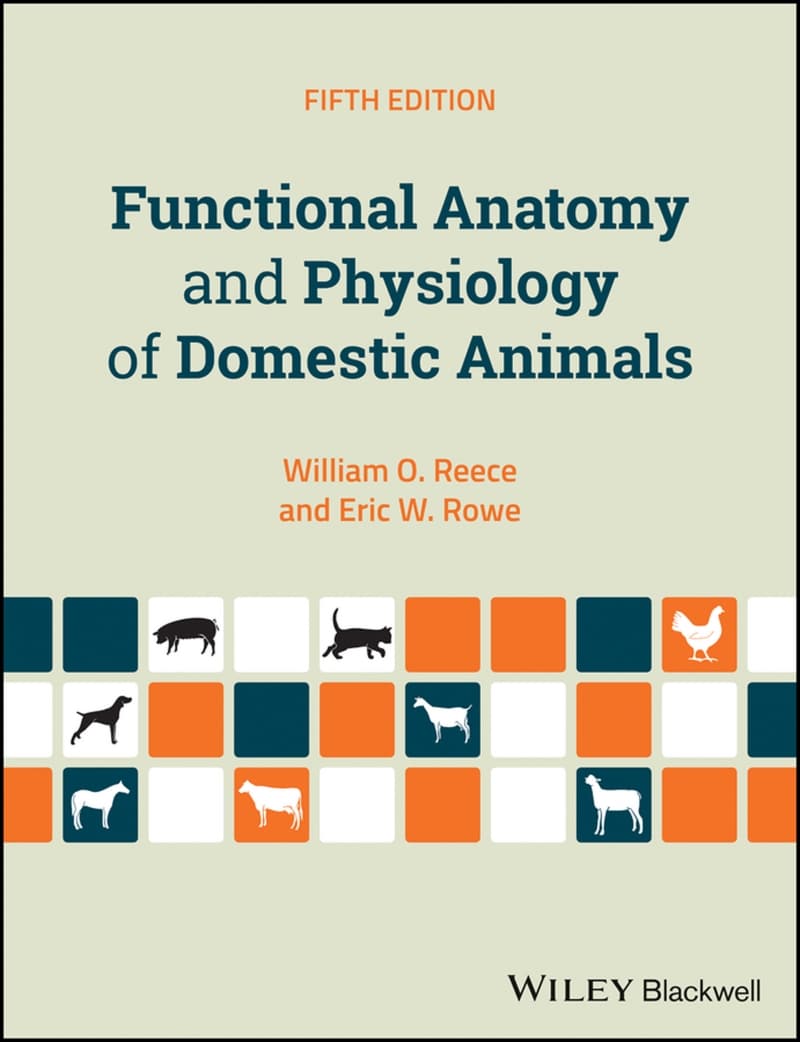
By William O. Reece , Eric W. Rowe
Functional Anatomy and Physiology of Domestic Animals 5th Edition provides a basic understanding of domestic animal anatomy and physiology, taking an interconnected approach to the structure and function of the horse, dog, cat, cow, sheep, goat, pig, and chicken.
Offers a readable introduction to basic knowledge in domestic animal anatomy and physiology
Covers equine, canine, feline, bovine, ovine, ruminant, swine, and poultry anatomy and physiology
Considers structure and function in relation to each other for a full understanding of the relationship between the two
Provides pedagogical tools to promote learning, including chapter outlines, study questions, self-evaluation exercises, clinical correlates, key terms, suggested readings, and a robust art program
Includes access to a companion website with video clips, review questions, and the figures from the book in PowerPoint.
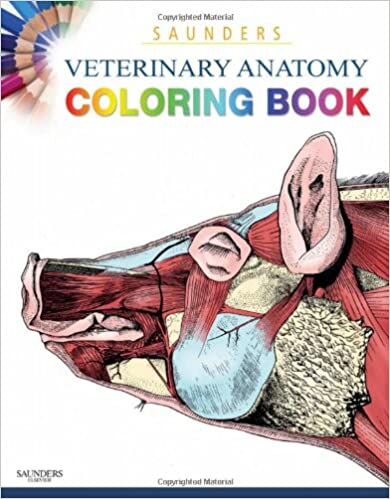
This Book is Available for Premium Members

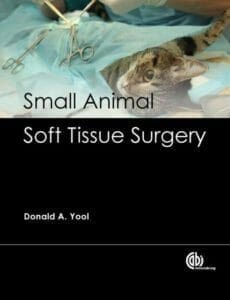


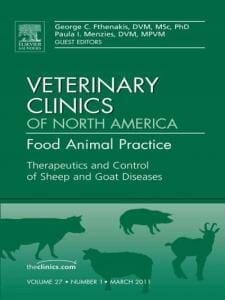
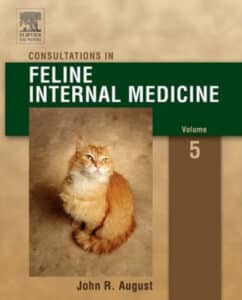

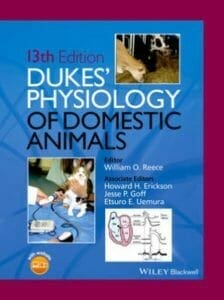





![Ettinger’s Textbook of Veterinary Internal Medicine 9th Edition [PDF+Videos] Ettinger’s Textbook of Veterinary Internal Medicine 9th Edition [True PDF+Videos]](https://www.vet-ebooks.com/wp-content/uploads/2024/10/ettingers-textbook-of-veterinary-internal-medicine-9th-edition-100x70.jpg)

![Textbook of Veterinary Diagnostic Radiology 8th Edition [PDF+Videos+Quizzes] Thrall’s Textbook of Veterinary Diagnostic Radiology, 8th edition PDF](https://www.vet-ebooks.com/wp-content/uploads/2019/09/textbook-of-veterinary-diagnostic-radiology-8th-edition-100x70.jpg)






